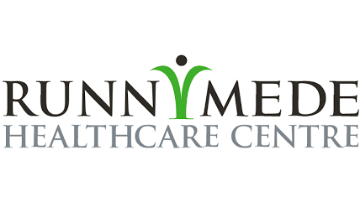In the complex world of healthcare, there’s a critical challenge that often goes unnoticed by patients but dramatically impacts their care: the lack of seamless health data communication. Imagine a world where your entire medical history travels with you, where every healthcare provider has instant, comprehensive access to your health information. This isn’t a futuristic dream – it’s the vision of healthcare data interoperability.
The Current Landscape: A Fragmented System
Today’s healthcare system is like a puzzle with mismatched pieces. Each healthcare provider – from your family doctor to specialists, from hospitals to pharmacies – often operates with isolated information systems. The result? Critical patient information gets lost in translation. Real-World Consequences Take the story of Greg Price, a powerful example shared by Simon Hagens from Canada Health InfoWay. Greg’s life was tragically cut short due to missed communications, forgotten appointments, and fragmented medical records. His case isn’t unique – it represents a systemic problem where communication breakdowns can literally mean the difference between life and death.
Key Challenges in Health Data Sharing:
- Incompatible Electronic Medical Record (EMR) Systems
- Lack of Standardized Data Formats
- Privacy Concerns Blocking Necessary Information Sharing
- Technological Barriers Between Healthcare Providers
The Vision: Connected, Patient-Centered Care
Interoperability isn’t just about technology – it’s about putting patients at the center of their healthcare journey. Imagine:
- Instant access to your complete medical history
- Seamless communication between healthcare providers
- Reduced medical errors
- More efficient, personalized care
What’s Being Done?
The Pan-Canadian Interoperability Roadmap is working to address these challenges, focusing on:
- Data Portability
- Removing Data Blocking Barriers
- Improving Care Coordination
- Enhancing Patient Access to Information
The Path Forward
Solving healthcare data interoperability requires a multi-faceted approach:
- Developing consistent data standards
- Creating supportive legislation
- Investing in technological infrastructure
- Prioritizing patient safety over bureaucratic barriers
Conclusion: A Call to Action
Healthcare data interoperability isn’t just a technical challenge – it’s a human imperative. Every missed connection, every fragmented record represents a potential risk to patient care. We need to demand better. We need to support initiatives that break down these technological silos. Because ultimately, seamless health information sharing isn’t just about data – it’s about saving lives.
This blog post is based on the 2024 DAHC Summit session featuring Simon Hagens from Canada Health Infoway.





